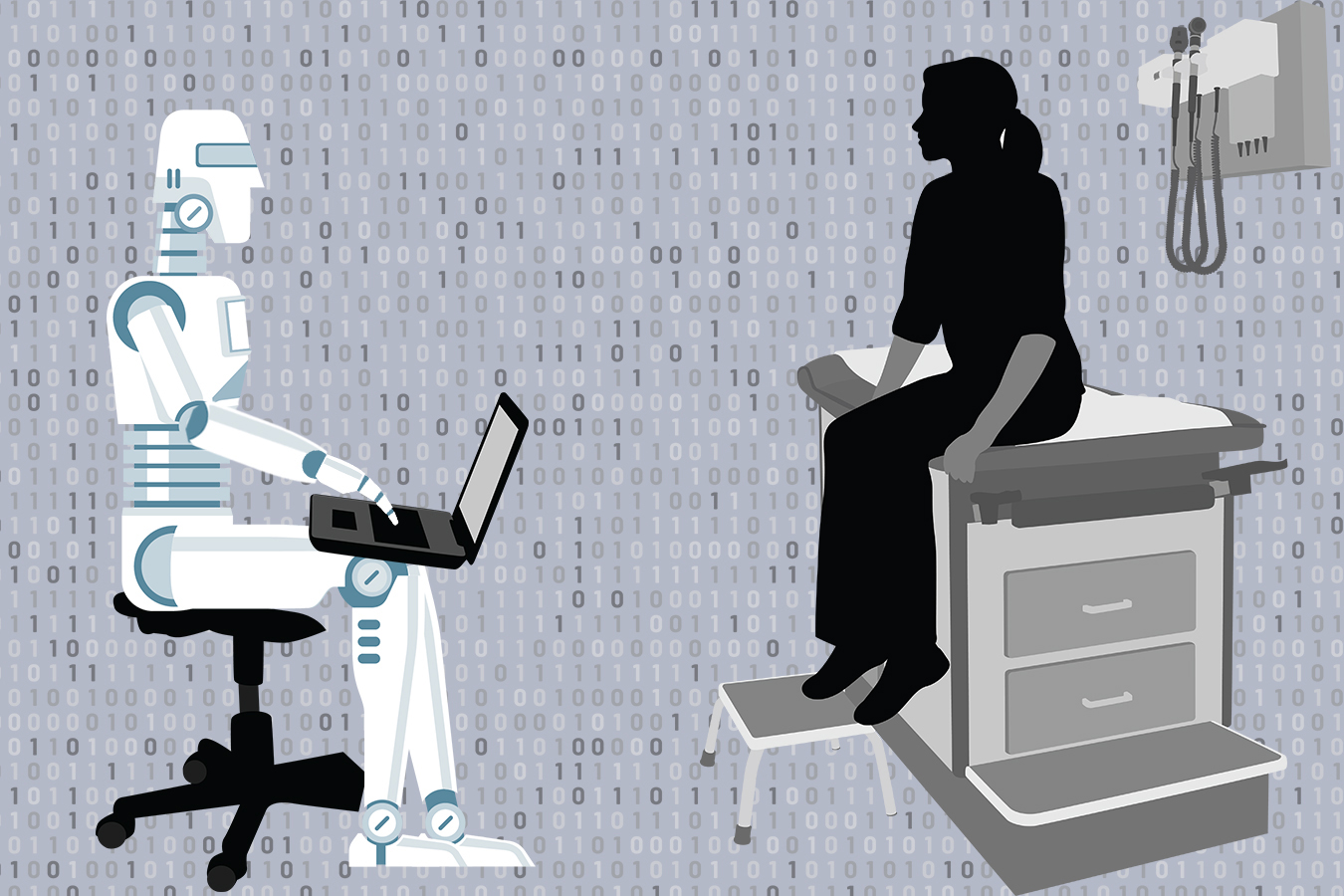Ranchordas, Sofia
Morals and Machines (vol.1, 2021)
Available at SSRN:
Abstract
Recent EU legislative and policy initiatives aim to offer flexible, innovation-friendly, and future-proof regulatory frameworks. Key examples are the EU Coordinated Plan on AI and the recently published EU AI Regulation Proposal which refer to the importance of experimenting with regulatory sandboxes so as to balance innovation in AI against its potential risks. Originally developed in the Fintech sector, regulatory sandboxes create a testbed for a selected number of innovative projects, by waiving otherwise applicable rules, guiding compliance, or customizing enforcement. Despite the burgeoning literature on regulatory sandboxes and the regulation of AI, the legal, methodological, and ethical challenges of regulatory sandboxes have remained understudied. This exploratory article delves into the some of the benefits and intricacies of employing experimental legal instruments in the context of the regulation of AI. This article’s contribution is twofold: first, it contextualizes the adoption of regulatory sandboxes in the broader discussion on experimental approaches to regulation; second, it offers a reflection on the steps ahead for the design and implementation of AI regulatory sandboxes.
(cut)
In conclusion, AI regulatory sandboxes are not the answer to more innovation in AI. They are part of the path to a more forward-looking approach to the interaction between law and technology. This new approach will most certainly be welcomed with reluctance in years to come as it disrupts existing dogmas pertaining to the way in which we conceive the principle of legal certainty and the reactive—rather than anticipatory—nature of law. However, traditional law and regulation were designed with human agents and enigmas in mind. Many of the problems generated by AI (discrimination, power asymmetries, and manipulation) are still human but their scale and potential for harms (and benefits) have long ceased to be. It is thus time to rethink our fundamental approach to regulation and refocus on the new regulatory subject before us.



















